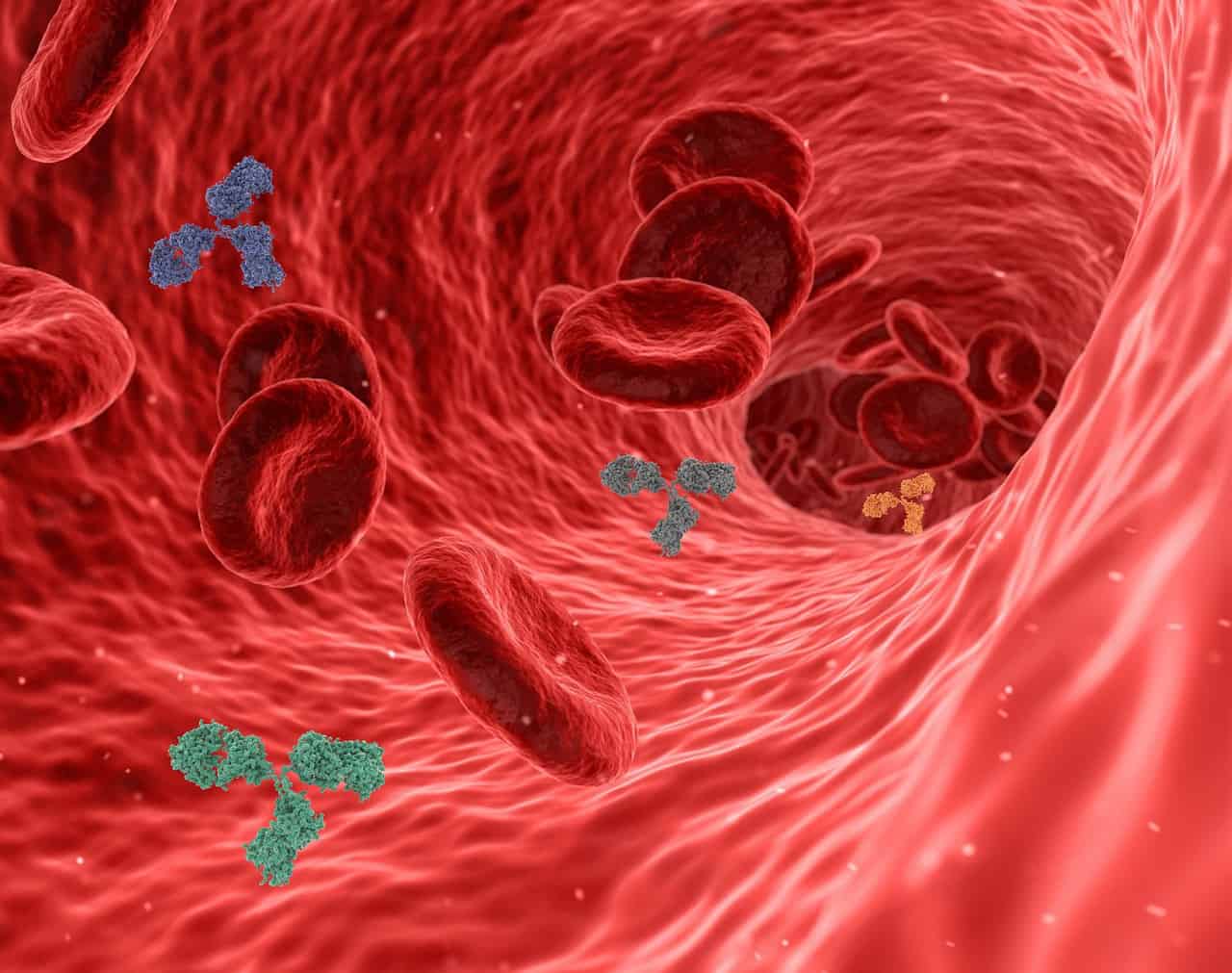“This is proof that we have plastics in our body — and we shouldn’t,” a scientist says.
Microplastics have permeated the environment from mountain tops to the seafloor and are posing a threat to human health as well because we unwittingly ingest considerable quantities of it.
It turns out that microplastics, which are minute particles often invisible to the naked eye, can even get into our bloodstream. As a result, they can potentially accumulate in our organs.
A team of scientists in the Netherlands realized this after examining the blood samples of 22 healthy volunteers and found that nearly 80% of them had microplastics in their blood.
Half of the collected blood samples, they explain in a study, had traces of PET plastic, which is used to make drink bottles. More than a third of the samples, meanwhile, had polystyrene, used in the manufacture of disposable food containers and other products.
It is plausible that other kinds of microplastics circulate in our blood too, but they were not detected because of their very small sizes, the scientists note.
The Dutch experts’ study, the first of its kind in the world, has demonstrated that “plastic particles are bioavailable for uptake into the human bloodstream,” as they put it, although it remains to be examined what the health consequences of this will be for us.
“This is proof that we have plastics in our body — and we shouldn’t,” explains Dick Vethaak, an ecotoxicologist at Vrije Universiteit Amsterdam who was a member of the research team.
“Where is it going in your body? Can it be eliminated? Excreted? Or is it retained in certain organs, accumulating maybe, or is it even able to pass the blood-brain barrier?” the scientist wondered.
How microplastics enter the bloodstream is not yet understood either, but the scientists postulate that they could do so through contaminated air, water or food. Products such as toothpastes and lip glosses could also be conduits.
Be that as it may, the consequences of mircoplastics entering our organs could be dire.
“[P]lastic particles have not just pervaded throughout the environment,” observed Alice Horton, a scientist at the National Oceanography Center in the United Kingdom, “but are pervading our bodies too.”
This story first appeared on Sustainability Times
© 2022 Sustainability Times.
This article is licensed under a Creative Commons Attribution-ShareAlike 4.0 SA International License.












